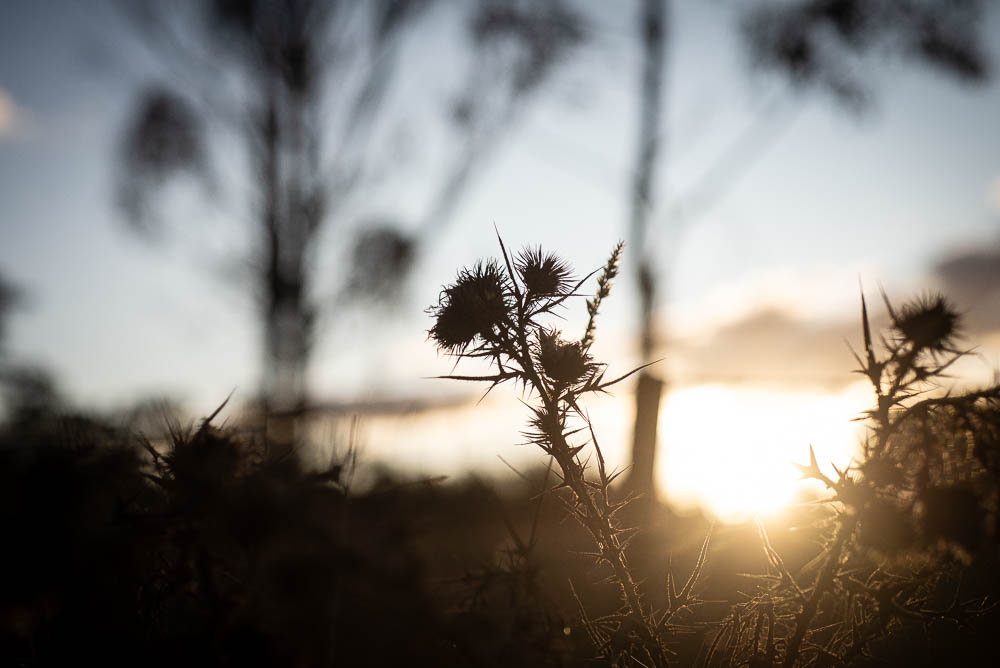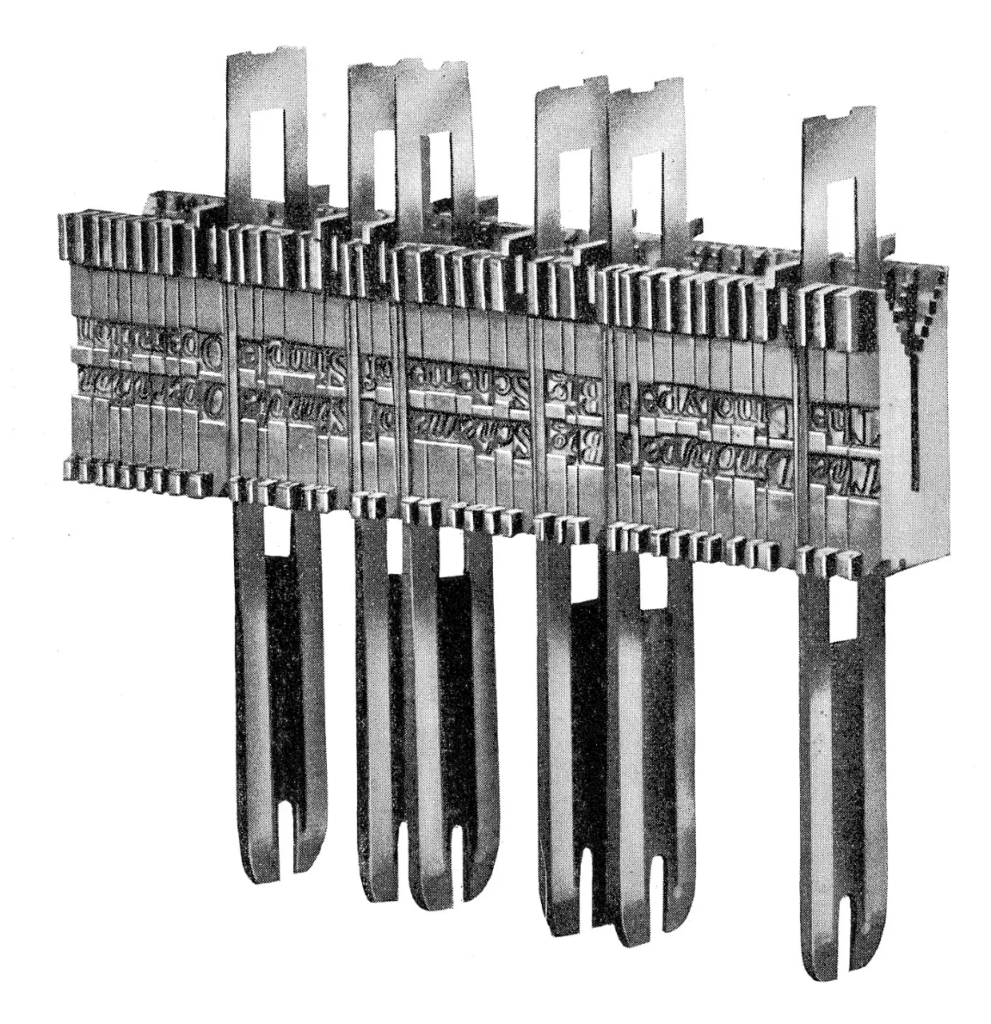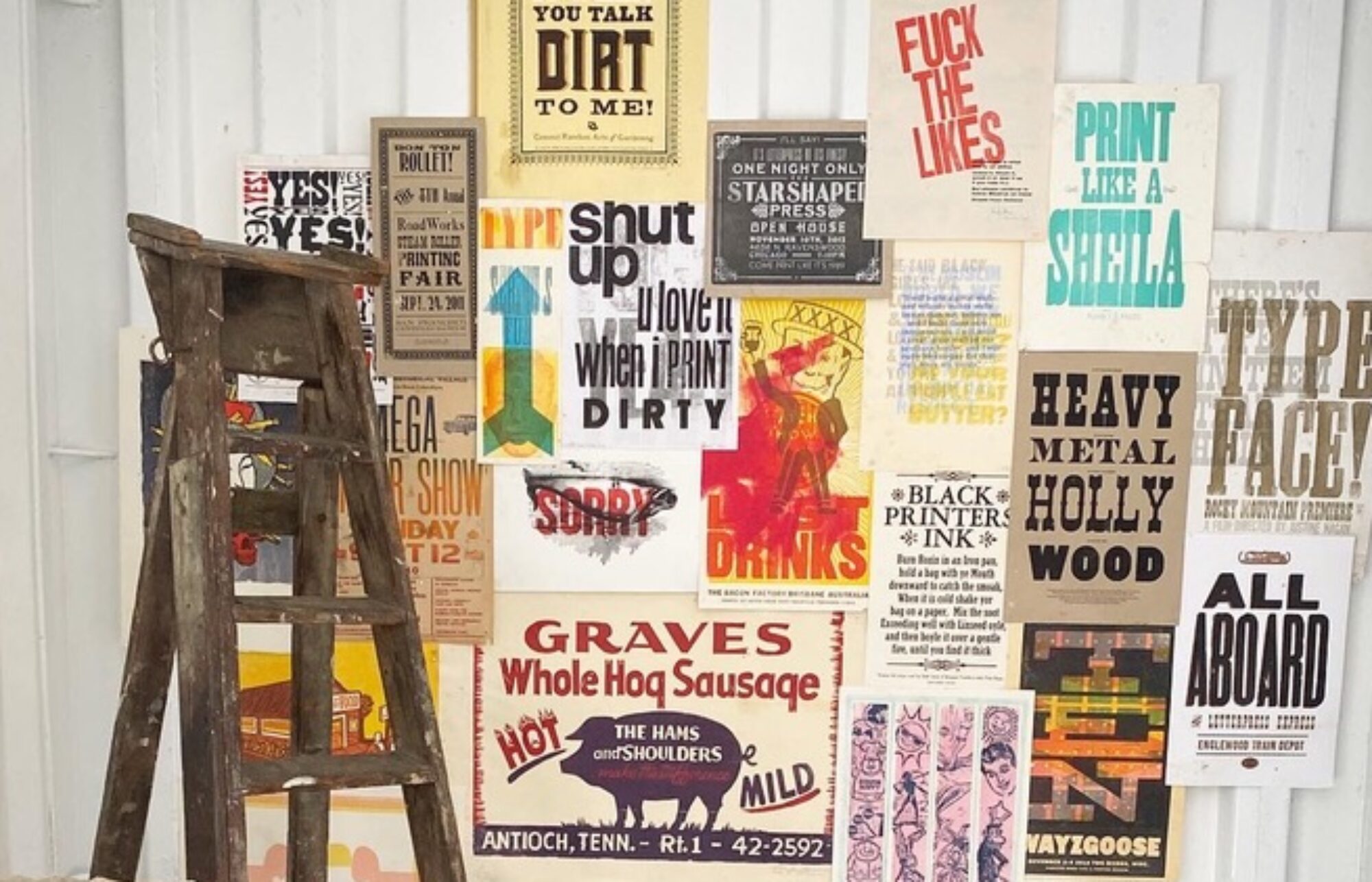


Nestled in the picturesque countryside of northern New South Wales, Australia, lies a hidden gem waiting to be discovered: Walcha. This small regional town, rich with charm, carries the echoes of its bygone era as a bustling late-19th-century centre. Steeped in tales of resilience and progress, Walcha holds a fascinating story.
In the late 1800s Walcha was a thriving hub, fuelled by the promise of economic prosperity and the influx of pioneering settlers seeking new opportunities in the fertile lands of the New England tablelands. Drawn by the abundance of natural resources, including timber and rich agricultural soil, the town experienced rapid growth and became a beacon of activity in the region. The swelling population brought with it a sense of community and ambition. Industries flourished, with timber mills, wool production, and farming driving the local economy. The streets buzzed with commerce, dotted with bustling markets, shops, and businesses.
An intriguing aspect of Walcha’s historical prominence lies in the fact that it boasted not just one, but two local newspapers. In this era, having even a single town newspaper was a rarity. The presence of two local newspapers, each with its own loyal readership, reflected the town’s dynamic spirit and its commitment to disseminating news, stories, and ideas within the community. They served as a crucial link between the townspeople, keeping them informed about local events, sharing tales of success and hardship, and providing a platform for discussion and debate.

On a crisp autumn Walcha day, as Dzintra Menesis from the Museum of Printing in Armidale and I wandered through the quiet streets, finding it hard to imagine the bustling city it once was. However, traces of its prosperous past can still be found: historical buildings, preserved artefacts, and the shared memories of residents. Exploring Walcha allowed us to peel back the layers of time, unravelling the stories.
We had the pleasure of meeting Warwick Hogan, a retired newspaper printer whose family name is synonymous with the rich history of the Walcha News. We met in the Walcha News office, which is dormant, but still holding traditional printing equipment used to keep local communication fresh for most of the 20th century. As we embarked in a conversation that would transport us back in time, Warwick’s eyes sparkled with the nostalgia of bygone days, and we eagerly listened as he told the story of the newspaper that had been a cornerstone of the town for decades.



The Walcha News, an integral part of Walcha’s identity, was established in 1905, but its roots can be traced even further back. Warwick recounted how it began with Frank Townsend, who founded Walcha’s first newspaper, the Walcha Witness, in 1889. However in 1904, Dave Fowler embarked on a new venture, the Walcha News. In 1928, after the passing of Frank Townsend, Dave Fowler acquired the Walcha Witness and merged it with the News, creating a single, stronger, more influential publication.
Warwick’s own connection to the Walcha News runs deep. He embarked on his printing trade apprenticeship in 1961, joining the team that was deeply ingrained in the newspaper’s legacy. It was a testament to his dedication and love of family and community that he later became an essential part of the production team, working alongside his parents, Jean and “Blue” Hogan, who took over the publication around 1958 and printed the News until 1977.Because of their relentless efforts to ensure timely news delivery and their commitment to upholding journalistic integrity, the Hogans became trusted custodians of the town’s stories, serving as a bridge between the past and present.
In an era when newspapers were crafted with meticulous precision and the printed word held a sense of timeless allure, the Walcha News stood as testament to the determination and craftsmanship of hot metal typesetting. For over 50 years, this small-town newspaper utilised a Model 14 Linotype machine, an iconic piece of typographic casting equipment that played an integral role in the creation of each issue. Warwick proudly preserves the paper’s original machine, a living relic that continues to operate and captivate visitors.
The Linotype machine revolutionised the newspaper industry, enabling the rapid creation of high-quality metal type for printing. Developed in the late 19th century by Ottmar Mergenthaler, this ground-breaking invention replaced the painstaking process of hand-setting individual letters with a streamlined method that involved casting complete lines of type from molten metal.
The Model 14 Linotype at Walcha News is more than just a historical artifact; it represents a commitment to preserving the traditions of the typographic past. Complete with its original 1922 delivery packing crate in which the machine was delivered in 1922, this is truly a piece of Australia printing history that deserves to be preserved.


Every printer can tell tales with a twinkle in their eye. During the weekly production of a regional newspaper, there were bound to be moments of unexpected amusement and, at times, mild confusion. One such incident, tells Warwick, involved a simple typo which brought about a flurry of varied reactions after an edition of the Walcha News was released in 1973.
It was a typical day at the Walcha News printing office, he said, where the Linotype machines hummed with activity, transforming molten lead into letters and words. Each letter had an individual mold, and their wear and tear meant occasional replacements. However, downtime was a rarity in the bustling newspaper industry.
Warwick’s mother, Jean Hogan, had a passion for collecting and had been urging her husband, “Blue”, to place a wanted advertisement in the paper. Finally, one Thursday morning, just before printing, they found a moment to squeeze in the ad without taking too much time to check the results in order to meet their deadline.


The advertisement was to read: “WANTED TO BUY – Old clocks for private collection. – Mrs E Hogan, phone 77 2513 or 77 2671 after hours.”
As soon as the papers rolled off the press, eager readers would form a queue, awaiting their copies. Among the avid readers was a familiar face, Dave Henry, known for devouring the newspaper cover to cover. Soon after, Dave walked back into the front office, unable to contain his laughter. “I see,” he said with a mischievous grin, “that you have an ad in the paper, Mrs. Hogan.”
Curious about the quick response, Jean inquired about the condition of the clock Dave mentioned. She expressed her willingness to have it repaired by a friend. However, Dave could no longer hold back his amusement.
“I very much doubt it,” chuckled Dave, “haven’t you read the paper yet?”
Jean confessed that she hadn’t had the chance, being busy with the printing and folding tasks. With a mix of curiosity and slight bewilderment, she opened the paper to discover the source of the laughter. The damaged “l” matrix, one of fifteen in the font, failed to cast the letter properly, resulting in the word ‘clocks’ missing the crucial “l.”
Unbeknownst to Jean, her advertisement for “old clocks” had turned into a whimsical request for “cocks” instead. The town was quick to take notice, leading to peculiar phone calls and playful jabs at Blue Hogan’s abilities. But Jean took it all in good humour, enduring the ribbing with grace.
The mischievous “l” mould was promptly removed from the font, and after a couple of weeks, the printing process returned to its normal rhythm. The incident served as a reminder of the occasional quirks and unexpected delights that come with the craft of typesetting. It left the town of Walcha with a memorable tale to share and a hearty laugh at the expense of a wayward letter.


In a world that moves swiftly, it is heartening to see the Walcha News embrace its Linotype machine as a symbol of heritage, honouring the legacy of hot metal typesetting.
Preserving these remarkable pieces of machinery requires collective effort and support from the letterpress and typographic community. If you find yourself captivated by the stories we’ve uncovered and have the means or resources to contribute, we urge you to reach out to Dzintra Menesis or Clint Harvey. By contacting us, you can express your interest and willingness to assist in the preservation of these iconic relics.
